Cant hide a junction box so what to do?
brusso
13 years ago
Related Stories
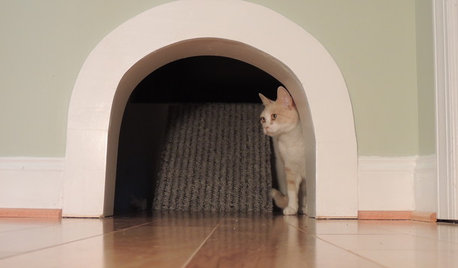
PETS15 Design-Friendly Places to Hide the Cat Litter Box
Built-in solutions include putting it in a cabinet, under the stairs, behind a wall and inside a window seat
Full Story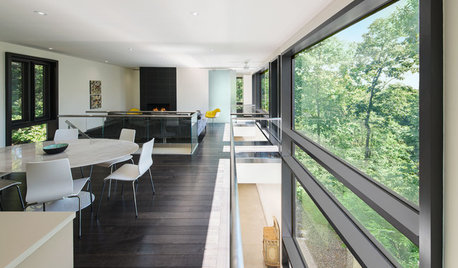
MODERN HOMESHouzz Tour: Complexity Hides Inside a Concrete Box
Don't be fooled by the monolithic exterior. This Canadian home is more open, light and multifaceted than it may seem
Full Story
DECORATING GUIDES12 Ways to Hide a Flaw on the Wall
Some things you just can’t get rid of. But that doesn’t mean you can’t conceal them with a little design know-how
Full Story
DECORATING GUIDES10 Ways to Hide That Air Conditioner
Feeling boxed in designing around your mini-split air conditioner? Try one of these clever disguises and distractions
Full Story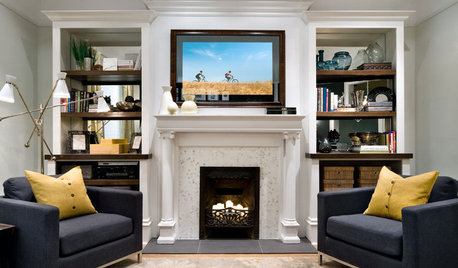
HOME TECHSave Your Decor — Hide Your Media Stuff
When you tuck boxes, wires and speakers into walls and ceilings, all you'll notice is your favorite shows or music
Full Story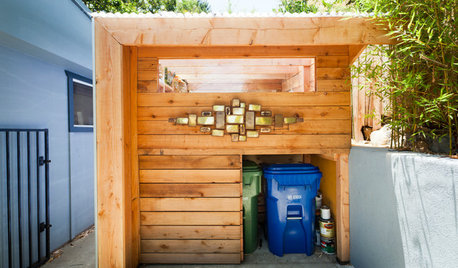
CURB APPEALHouzz Call: How Do You Hide Your Trash?
No one wants to see those trash and recycling bins. So where do you stash them while you wait for the garbage truck? Show us your designs!
Full Story
DECORATING GUIDESNo Neutral Ground? Why the Color Camps Are So Opinionated
Can't we all just get along when it comes to color versus neutrals?
Full Story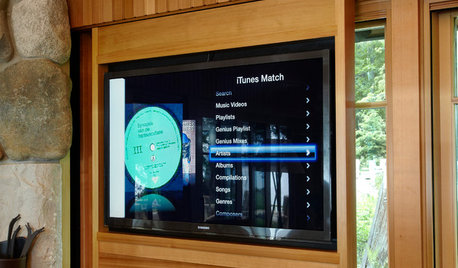
HOME TECHNew Strategies for Hiding the TV
Its easy to be discreet when you've got cabinets, panels and high-tech TV hiders like these
Full Story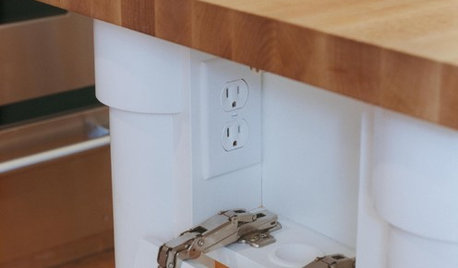
KITCHEN DESIGNHow to Hide Those Plugs and Switches
5 ways to camouflage your outlets — or just make them disappear
Full Story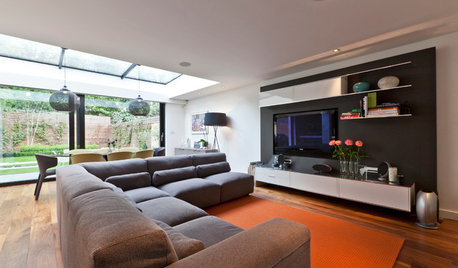
MOST POPULARHow to Hide the TV, No Cabinet Required
Minimize the impact of the big black screen with these tricks to make it blend with your decor
Full StorySponsored
Columbus Area's Luxury Design Build Firm | 17x Best of Houzz Winner!
More Discussions









Ron Natalie
kudzu9
Related Professionals
Sierra Madre Electricians · Buena Park General Contractors · Florham Park General Contractors · Forest Grove General Contractors · Harvey General Contractors · Seal Beach General Contractors · Sun Prairie General Contractors · Oakland Solar Energy Systems · Saratoga Solar Energy Systems · Castle Rock Home Automation & Home Media · Kissimmee Home Automation & Home Media · Mount Lebanon Home Automation & Home Media · Newtown Square Home Automation & Home Media · Saint Petersburg Home Automation & Home Media · Winnetka Home Automation & Home MediabrussoOriginal Author
brickeyee
kudzu9
Billl